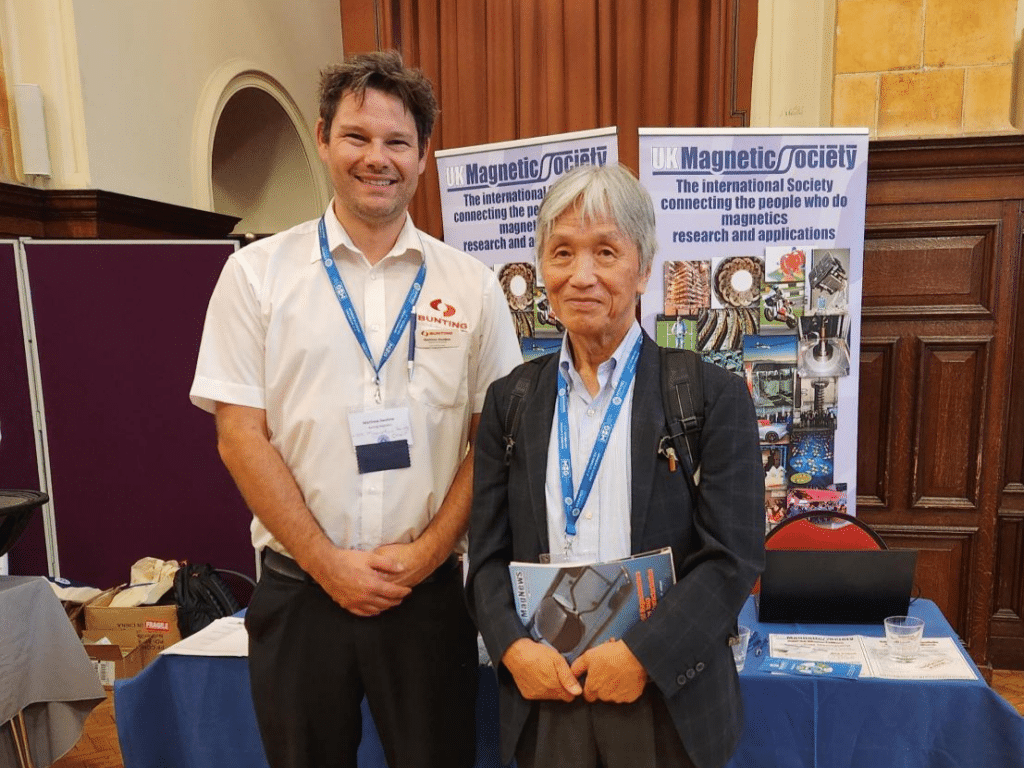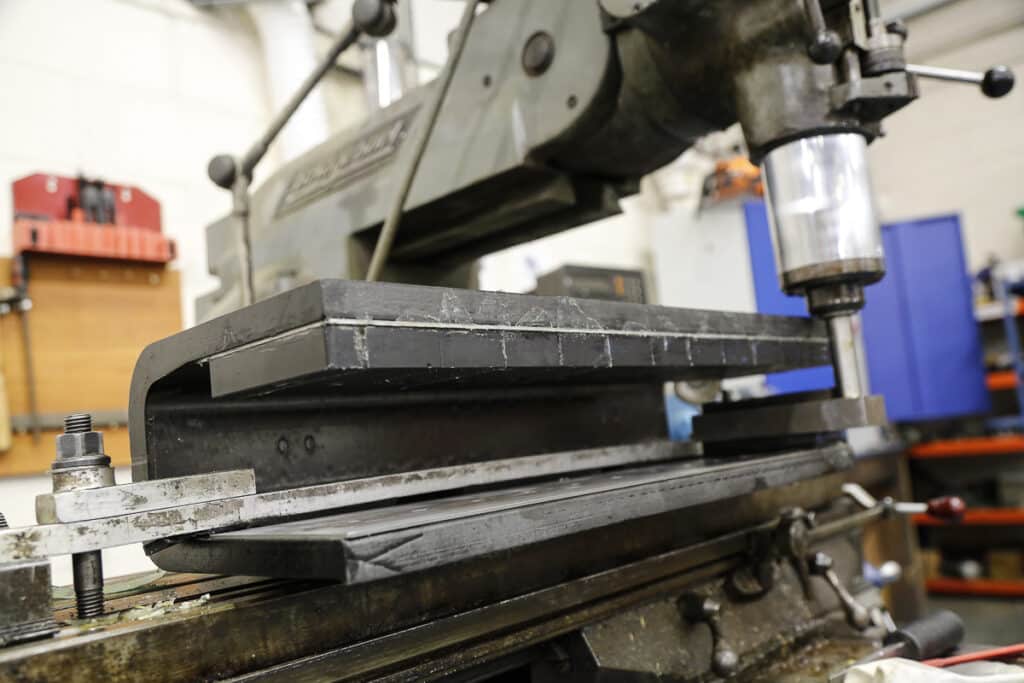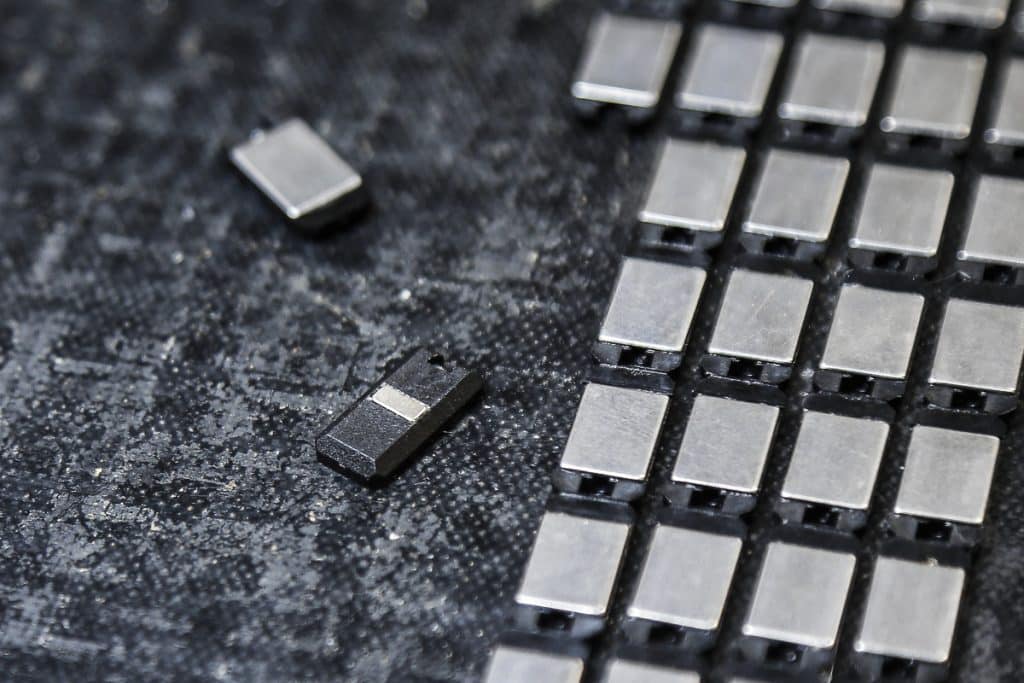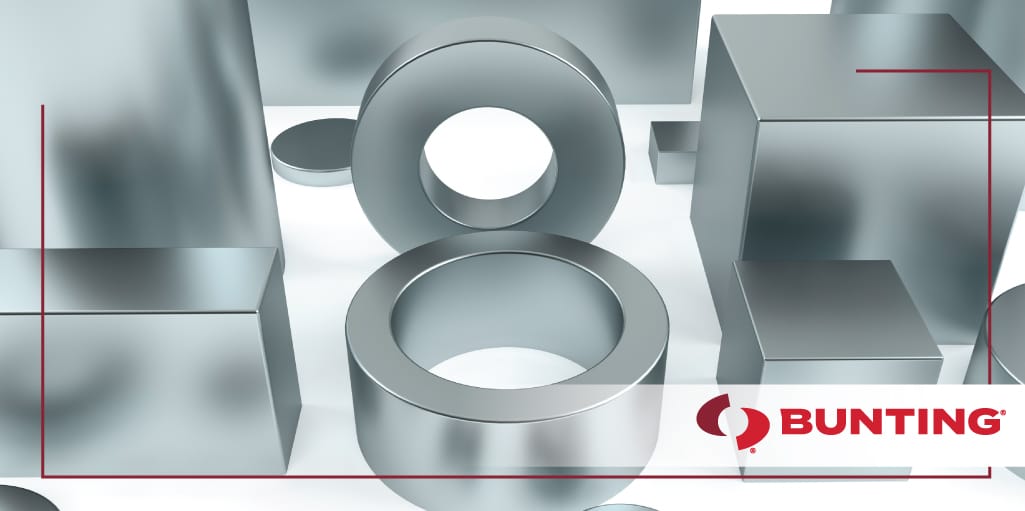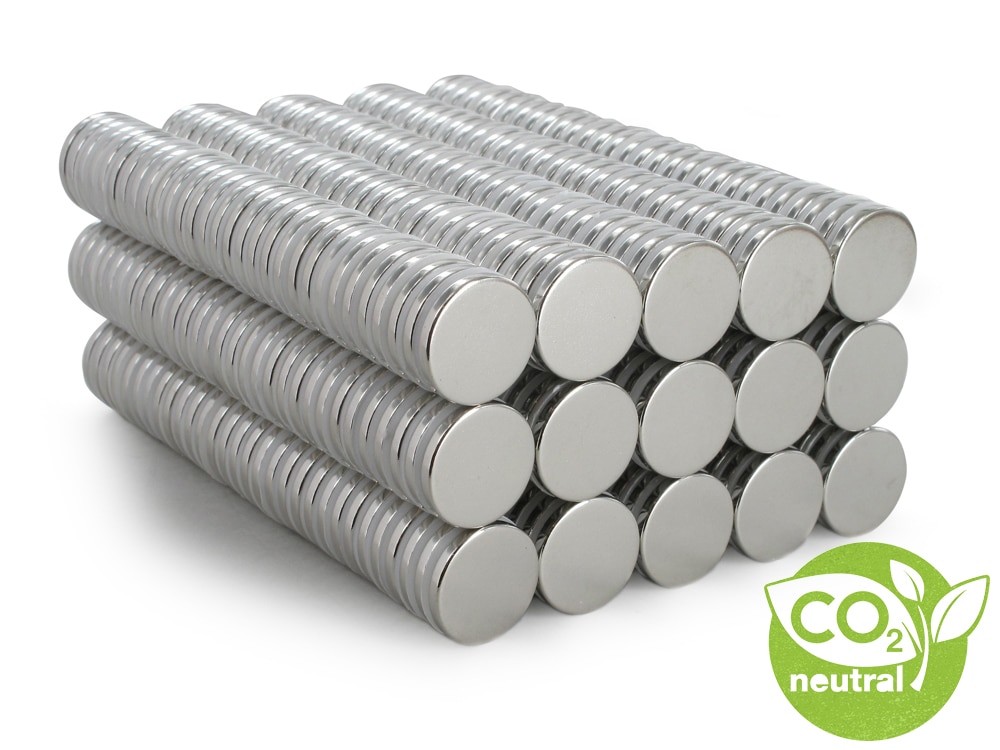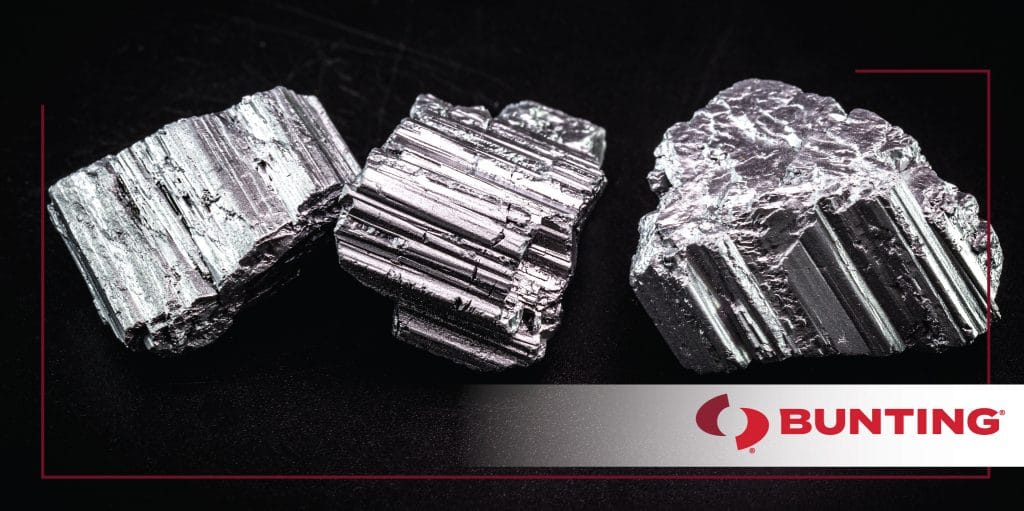Neodymium Iron Boron Rare Earth Magnet
Limiting Heavy Rare Earths Reliance for Neodymium Magnets
The growth in demand for neodymium-iron-boron (NdFeB) permanent magnets to maintain magnetic performance at high temperatures led to the inclusion of heavy rare earths such as dysprosium and terbium. The addition of these elements increases the coercivity of NdFeB i.e. it allows the magnets to operate at higher temperatures without losing their magnetic properties. The…
Read MoreUnderstanding Magnetic Permeance Coefficient
Firstly, it is important to understand that the maximum working temperature of a NdFeB magnet is not defined by the material grade! It is essential to calculate the magnetic permeance coefficient to establish what grade of material you need. The two examples compare the same magnet but with different thicknesses, one at 30mm and one at…
Read MoreThe Brunel Solar Team Technically Supported by Matthew Swallow
Matthew Swallow, Bunting’s Technical Product Manager, recently visited the Brunel Solar Team in The Netherlands as part of Bunting’s ongoing technical support on the solar car development project. Bunting is supporting the Brunel Solar Team with specialist magnets and technical support in the development of their Nuna 12S solar powered car. The Nuna 12S will…
Read MoreA Review of REPM 2023
Matthew Swallow, our Technical Product Manager and the Chair of the UK Magnetics Society, reports on REPM 2023, the 27th international workshop on rare earth and future permanent magnets and their applications (3-7 September, University of Birmingham, UK). REPM is a biennial academic conference held and run by a hosting university or institution with the…
Read MoreBunting Sponsors REPM 2023
Bunting has signed up as a gold sponsor of REPM 2023, the 27th international workshop on rare earth and future permanent magnets and their applications (3-7 September, University of Birmingham, UK). The biennial workshop is co-organised by SUSMAGPRO partner University of Birmingham and brings together scientists and engineers working on rare-earth permanent magnets and their…
Read MoreNon-Contact Positional Sensing
Sensor applications using magnets is not new, although the application scope continues to evolve with developments and advances in magnetic materials and magnetising technology. In this specific sensing project, the magnets are used for non-contact position sensing, which is, perhaps, one of the unique ways in which magnets are meeting the changing demands of the…
Read MoreMedical Magnet Spotlight: Magnets and Cochlear Implants
Magnets feature in a wide range of medical applications including heart pumps, surgical tools, hearing aids, and cochlear implants. A cochlear implant is a surgically implanted neuroprosthesis that provides a person who has moderate-to-profound sensorineural hearing loss with sound perception. Unlike hearing aids, which amplify sounds, cochlear implants bypass damaged areas of the ear and…
Read MoreCoatings for Neodymium Magnets
Nearly every neodymium magnet will be plated or coated and, as the most powerful permanent magnet available, they are used in many different applications. However, they possess physical characteristics that require them to be plated or coated in order to protect them from damage. In their raw form, neodymium magnets are quite brittle, and as…
Read MoreBunting Introduces Carbon Neutral Neodymium Magnets
In response to feedback from European customers, Bunting-Berkhamsted is the first magnet supplier to offer carbon-neutral sintered Neodymium Iron Boron (NdFeB) rare earth magnets sold online through the company’s Bunting-eMagnets ecommerce website. The manufacture of magnets such as NdFeB requires a considerable amount of effort and energy, from mining of the raw materials through to…
Read MoreThe History of Neodymium Magnets
The origin of the neodymium magnets dates back to 1885 when Carl Auer von Welsbach, an Austrian scientist and inventor, separated didymium into the new separate elements neodidymium (“new didymium”) and praseodidymium (“green didymium”). In time, the element names would change to neodymium and praseodymium. Neodymium (Nd) is the fourth member of the lanthanide ‘rare-earth…
Read More



